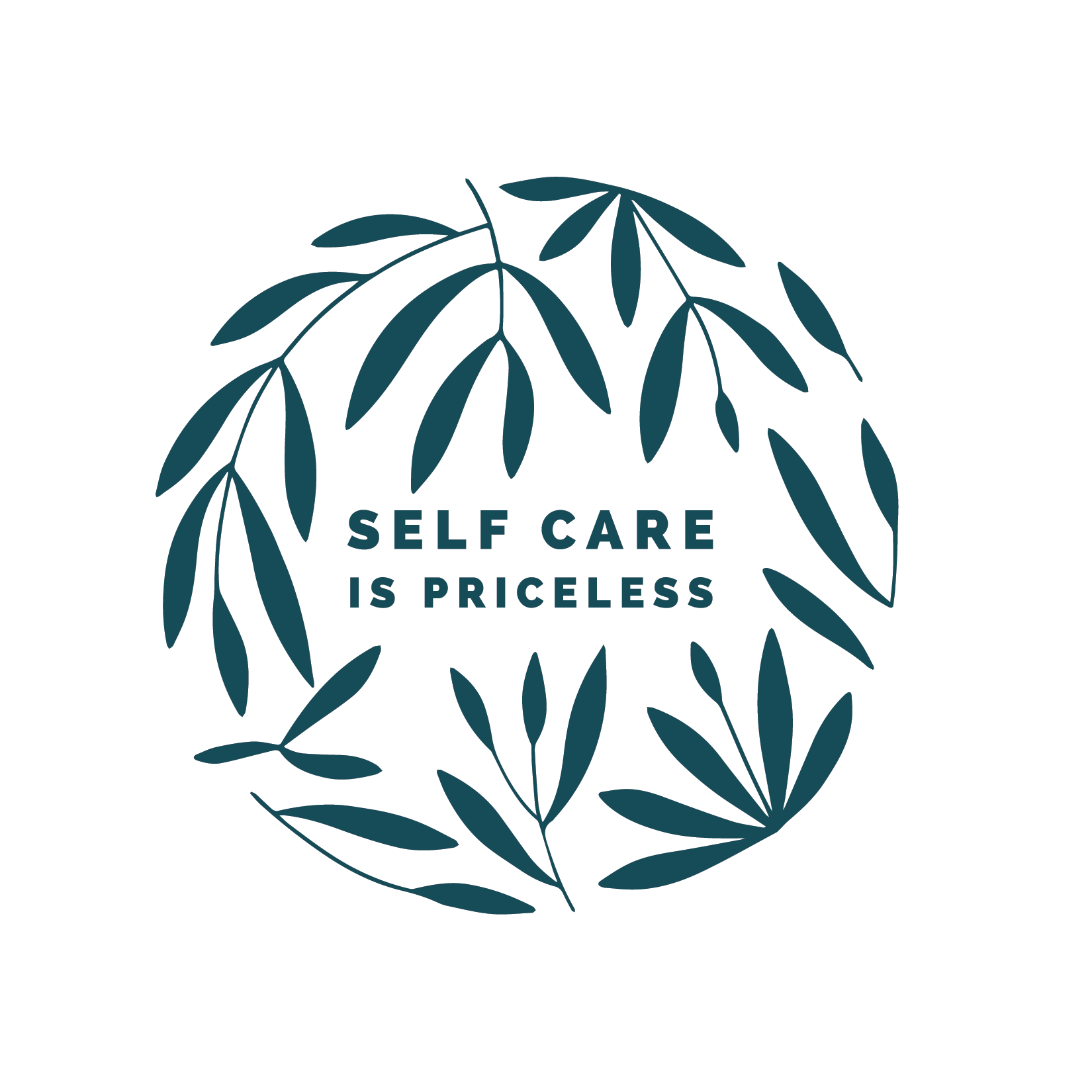
Setting boundaries, in order to better care for ourselves, isn’t always easy. We live in a culture that expects us to do it all and have it all. Listening to your body and slowing down aren’t associated with success and acclaim. Especially as women, we are expected to give to the point of depletion and then give some more. Our identities tend to be tied to our credentials, creations and ability to multi task and manage.
Finding a balance between giving to others, doing what needs to be done and making sure our own tank is full is a delicate art and most of us haven’t had this gentle equilibrium modelled for us. Perhaps we grew up in a home where taking care of others was a way to feel needed and important, or a home where we had to take care of everyone and take on a parental role far before it was developmentally appropriate. There are many family of origin scenarios that can make boundary setting particularly challenging. So how do we break out of this rut and start tending to ourselves?
I like to think of a boundary as an energetic or physical field that can protect our vitality and emotional equilibrium. Some common signs that we need to strengthen our boundaries are fatigue and anger. When we tune into these states within ourselves, we often find that we have a felt sense of being overwhelmed, depleted or violated. We may intuitively know that what is required of us is boundary setting but this can feel challenging, especially when we have beliefs around other peoples’ needs being more important than our own, or fears around not being loved if we say no.
Knowing what our boundaries are and honouring them isn’t always easy and can be a lifelong process that requires flexibility and a simple place to start is to just notice when we feel run down, agitated or angry and allow ourselves to notice the quality of those feelings in our body. Do we feel constricted in our chests? Tingly in our limbs? Just know that whatever those sensations are, we don’t need to change them. They are important messengers that are giving us information about what we may need. When we really listen we may notice that underneath the anger or fatigue there is grief, longing or fear that is driving us and making it hard to set a much needed boundary. Think of this as a gentle process of noticing. There is no pressure to change or do anything. We can simply start by allowing ourselves to notice what we feel. Asking ourselves what we may need, even if we don’t feel quite ready to provide it. Start where you are. I trust that the rest will come.
Written by Andrea Papin
Registered Professional Counsellor


